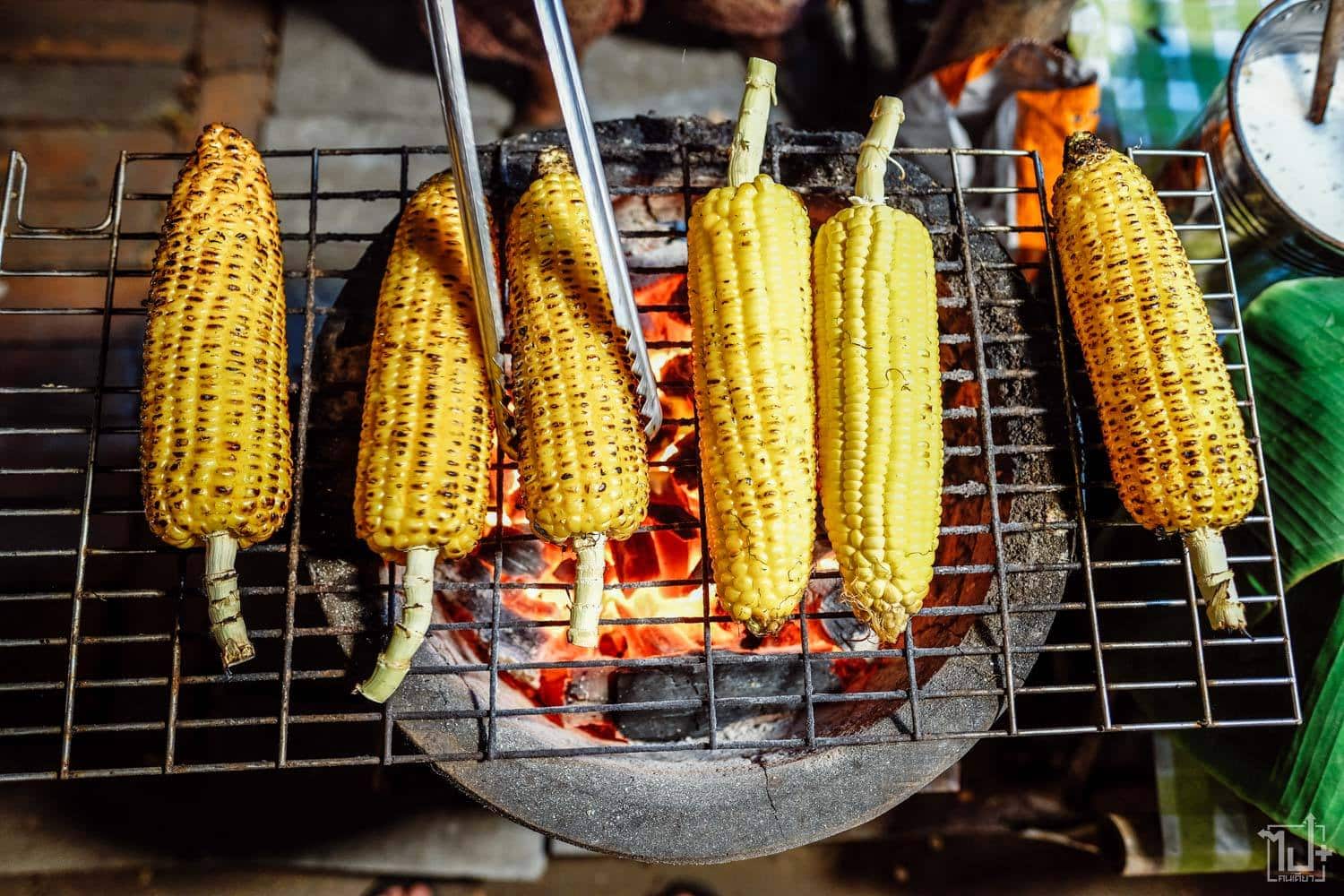Pho, the world-acclaimed Vietnamese noodle soup, can be found in every nook and cranny of Hanoi.
Pho ganh is vended from mobile stalls that used to dot the streets of Hanoi. It was from these stalls that the first bowls of pho were served to diners.
Although they have gradually disappeared, the old-style pho stalls are still remembered as a nostalgic symbol of Hanoi’s culinary culture.

“Pho is a special Hanoi nosh,” noted the late writer Thach Lam, who became famous for his works on Hanoi specialties. “It’s not unique to Hanoi, but it’s only delicious there.”
Visitors to the Capital from far and wide would have a plethora of choices with brands such as Pho Thin, Pho Bat Dan, Pho Ly Quoc Su, Pho Ga Cham, Pho Bung Hang Trong, Pho Vui or Pho Suong. However, all of these restaurants owe their origins to pho ganh.
Dating back to the French colonial era, pho ganh is served by street vendors who carry two hanging, deep, round bamboo baskets on their shoulders while wearing a wooden yoke, or “ganh” in Vietnamese. One basket holds a cauldron of broth on a charcoal stove, while the other contains a homemade cupboard filled with all the ingredients, as well as bowls, plates, spoons, and chopsticks.
Before 1980, such vendors could be found in every corner of Hanoi. Some of them became “popular stalls” that didn’t require moving much to attract customers. In the old days, many Hanoians preferred to eat pho late at night, so pho vendors started hawking when the streets were lit up and empty. Cold breezes carried their hawks, echoing through the dark streets and alleys.

Usually without a fixed location or sign, a pho hawker usually parks in a corner of the sidewalk, sitting among the baskets. Because of the limited containers, their menu is also very simple: pho chin or noodle soup with beef – well done; pho tai or undercooked beef; and pho sot vang, or noodle with beef braised in red wine sauce.
Quaint pho ganh features beef bone broth simmered with traditional spices such as star anise, coriander, cinnamon, peanut worms and black cardamom. The rice noodles are white, soft and flat – not round like vermicelli – while the meat is carefully selected to be fresh and delicious.
A steaming bowl of pho ganh combines fragrant broth, thinly sliced tender meat, and slightly chewy noodles to create a wonderful flavor that diners will never forget. The dish can also be served with fried breadsticks or seasoned with lime juice, vinegar or chili. As for drinks, iced tea is the most common beverage served with pho.

Pho ganh diners used to eat standing up, with one hand holding the hot bowl of noodles and the other using chopsticks – no spoons. Later, they are given several wooden and then plastic stools, and are willing to sit in cramped places. When the stall gets crowded, customers agree to sit and wait their turn while chatting.
While the streets of Hanoi are asleep, the corners with pho ganh stalls are alive with groups of three to five diners talking, laughing, sipping and slurping each bite. Customers often include workers who got up early to prepare for the new day, those who just finished work in the early morning, or groups of young friends hanging out around midnight. They are all lured by the irresistible aroma of the broth.
According to Trinh Phong, a resident of Cua Nam Ward, Hoan Kiem District, a bowl of pho cannot be a success if either the meat or the broth is not satisfactory. Both are good and present in pho ganh. What’s more, the pleasure of the dish is not just filling, but the experience of tasting a Hanoi specialty reminiscent of the Capital’s past.

Today, the sight of pho ganh hawkers has become increasingly rare, giving way to restaurants fully equipped with large signs, shiny tables and chairs, fans, refrigerators, gas stoves, alcoholic and soft drinks, and sometimes air conditioning. The beef can now be as premium as Kobe or Wagyu.
The way the broth is prepared has also changed due to the use of MSG, powdered spices, or pre-made pho spice blends. Some pho restaurants still maintain pho ganh recipes – even with the phrase “pho ganh” on their signs – but few have the sidewalk space or stay open past midnight. However, Hanoians still miss the old-fashioned vendors and stalls that can sometimes be found in the Old Quarter or a few places in the city.
Perhaps the strange appeal of Hanoi’s pho ganh, which no modern restaurant has, lies in savoring a warming dish in the night breeze, especially in winter, amid the chatter on the empty, dimly-lit sidewalk.
Every time “pho ganh” is brought up, it evokes memories for many generations of Hanoi of decades ago, when life was slow and peaceful. Therefore, street vendors in general, and pho ganh in particular, are cultural charms that save the soul of the elegant capital from oblivion.




